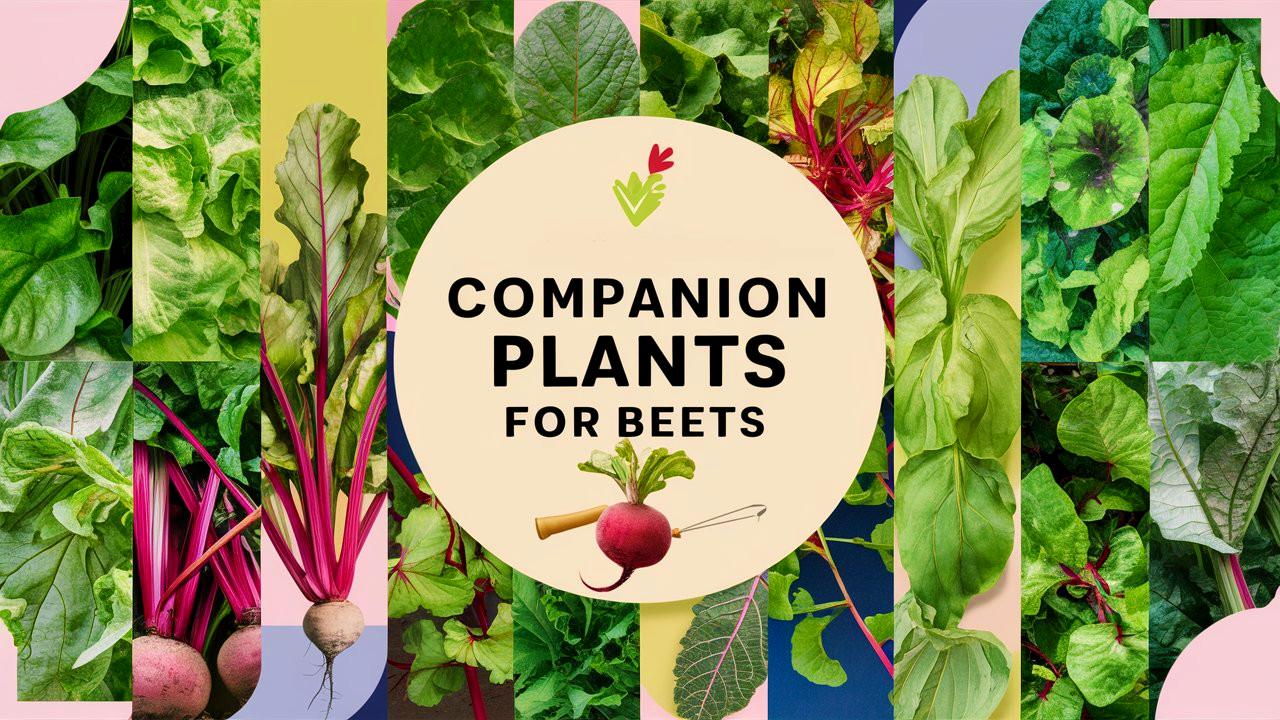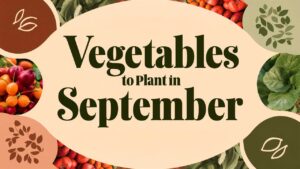Beets are a nutritious and versatile vegetable that can enhance any home garden. As a gardener, you may understand the concept of companion planting, where certain plants are grown together to promote beneficial interactions, improve growth, deter pests, and enhance flavors.
Below, we’ll dig into the nuances of companion planting specifically for beets, examining unique companion plants that can boost your beet harvest while creating a harmonious garden ecosystem.
Broccoli
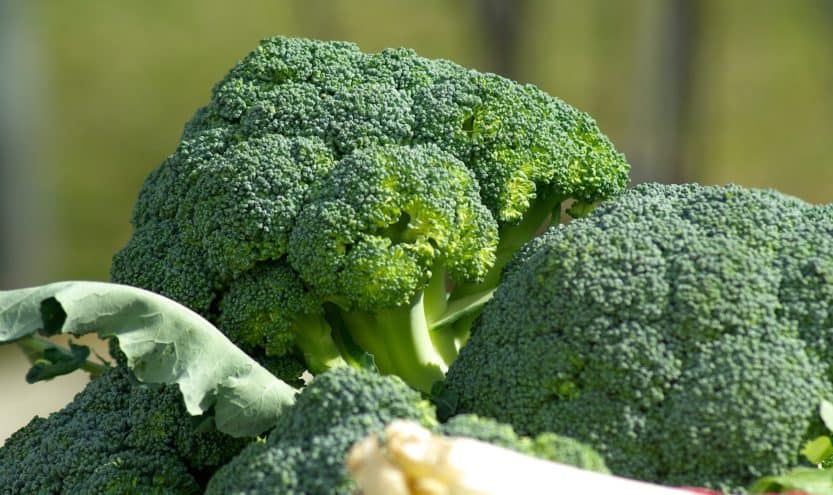
Broccoli (Brassica oleracea var. italica) is part of the cruciferous family and makes an excellent companion for beets. Both plants thrive in similar soil conditions and can benefit from mutual growth. Broccoli’s large leafy structure provides shade for the more delicate beet leaves, helping to regulate soil moisture.
In addition, broccoli can deter aphids and other pests that may target beets. However, it’s essential to monitor for leaf-curling aphids, which can affect both plants. When planting broccoli and beets together, ensure adequate spacing to avoid competition for nutrients. The nitrogen-rich environment created by broccoli can also contribute to the beet’s overall health as beets tend to benefit from nitrogen availability in the soil.
Bush Beans
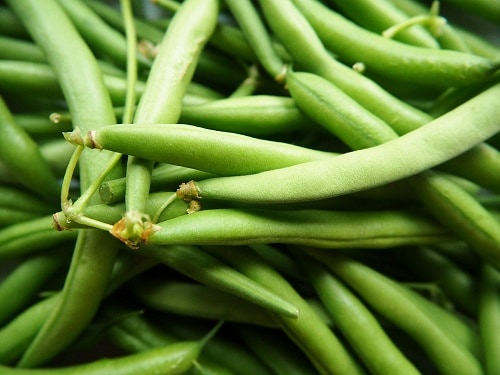
Bush beans (Phaseolus vulgaris) are another fantastic companion for beets, contributing positively to the soil through their nitrogen-fixing capabilities. As legumes, bush beans improve soil health by converting atmospheric nitrogen into a form that can be readily absorbed by plants, including beets.
Beets and bush beans can be planted close together without competing for root space, as their root systems grow at different depths. Furthermore, bush beans help to shade the soil, retaining moisture and reducing the need for additional watering. Additionally, the dense foliage of bush beans can help suppress weed growth in the surrounding area, minimizing competition for resources.
Cabbage
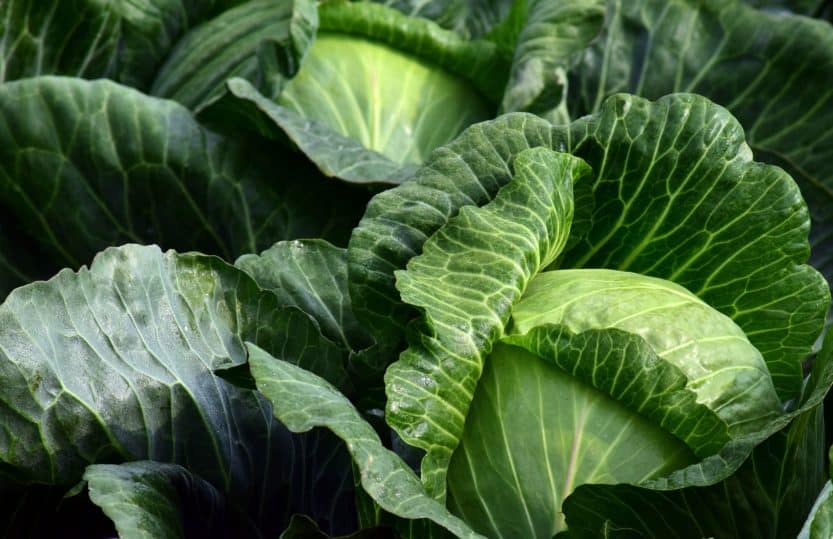
Cabbage (Brassica oleracea var. capitata) is frequently paired with beets in companion planting due to its ability to deter pests that may harm beets. Cabbages emit a strong scent that confuses aphids, caterpillars, and other common pests. This mutual benefit makes them ideal partners in the vegetable garden.
Both beets and cabbage thrive in cool weather, making it easy to plant them simultaneously during the spring or fall months. However, it is crucial to maintain adequate spacing between the two to avoid overcrowding and ensure proper growth. While cabbage can provide some shade for beets, both plants require sunlight to grow optimally, making thoughtful placement essential.
Catnip
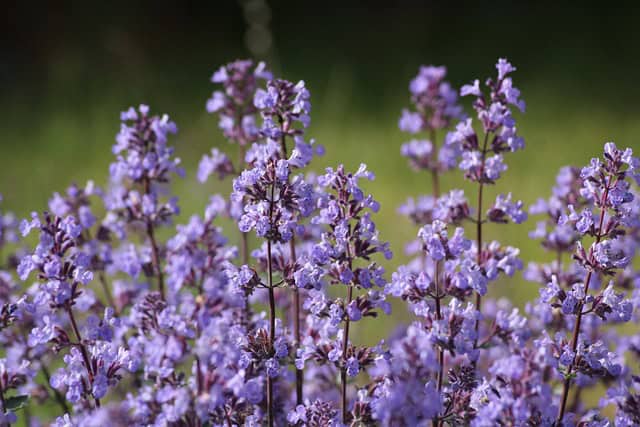
An often-overlooked companion plant, catnip (Nepeta cataria) is not just enjoyable for feline friends but also serves as a great ally for beets. Catnip has been shown to repel a variety of pests, including aphids, flea beetles, and other harmful insects that may target the beet plants.
In addition to its pest-repellent qualities, catnip can also attract beneficial insects, such as bees and predatory wasps, which can help control harmful populations naturally. It’s important to note that catnip thrives in well-drained soil and full sunlight, which makes it relatively easy to grow alongside beets. Just ensure that catnip does not overshadow the beets, as both need space to flourish.
Corn
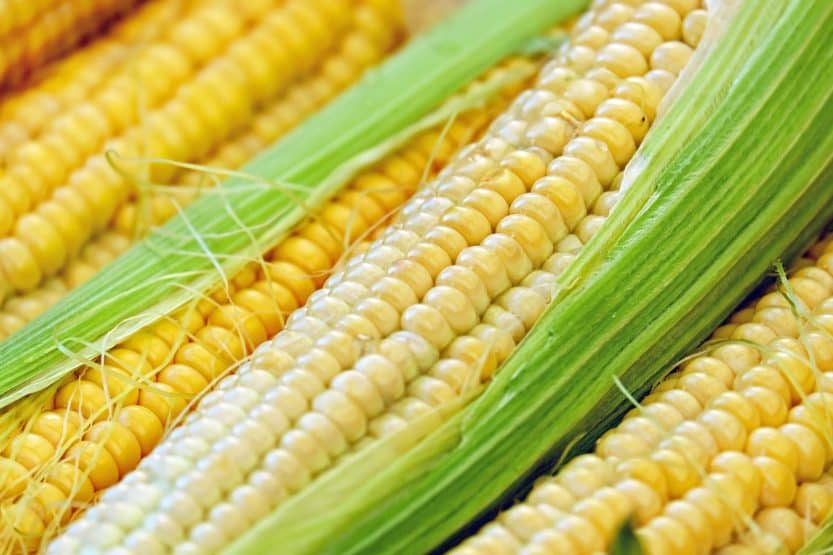
Corn (Zea mays) offers a beneficial tall structure that can provide support and shade to beets, especially in hotter climates. In turn, the beets add biological diversity to the garden, which can promote a healthier ecosystem.
Planting beets and corn can create a mutually beneficial environment; they can help improve soil conditions through diverse root systems. Corn also serves as a natural windbreak, protecting the more delicate beet plants. Both plants thrive in similar soil conditions, but it’s crucial to manage nutrient levels to avoid competition. Corn can be a heavy feeder, so sufficient fertilization will ensure that both plants receive the necessary nutrients without impinging on each other’s growth.
Endive
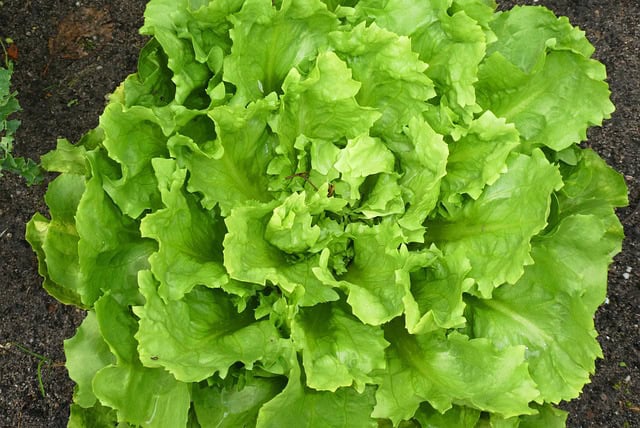
Endive (Cichorium endivia) navigates the list of companion plants for beets due to its unique ability to thrive in a variety of soil conditions while being adept at growing in close proximity to other crops. Endive’s foliage planted alongside beets can create natural mulch, conserving moisture and suppressing weeds in the garden.
Moreover, endive plants can flourish in the cooler months when beets are typically sown, making them a great partner in a staggered planting scheme that optimizes garden space. It’s essential, however, to ensure that both crops receive adequate sunlight and moisture, so thoughtful placement can aid in their growth.
Garlic
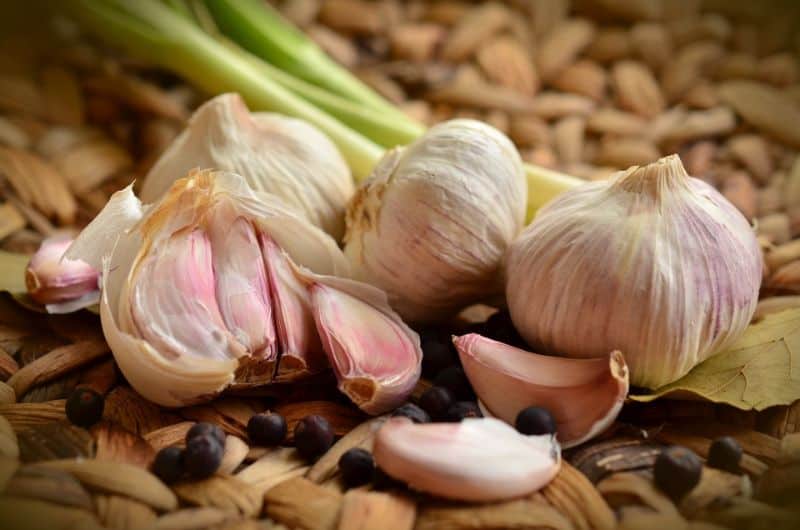
Garlic (Allium sativum) is renowned for its potent properties, not just in the kitchen but also in the garden. Garlic has compounds that repel various pests, including beetles and aphids, making it a valuable companion for beets. The sulfur compounds in garlic create an unfavorable environment for pests that may threaten beet health.
Additionally, garlic’s growth habit allows it to thrive alongside beets without significant competition for resources. However, garlic does need adequate space given its propensity to spread, so thoughtful garden planning is necessary to ensure both plants flourish without overcrowding each other.
Kale
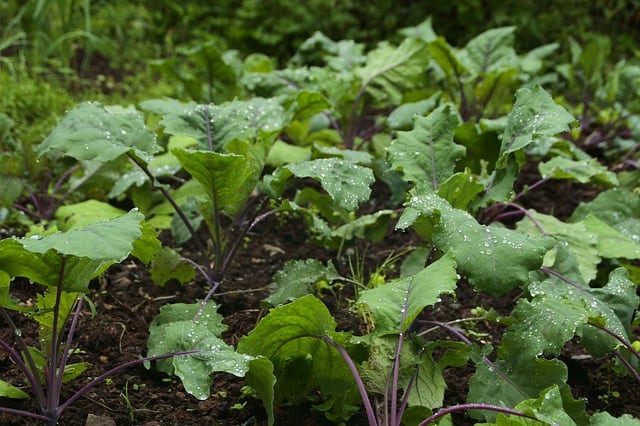
Kale (Brassica oleracea var. sabellica) is an additional leafy green that pairs well with beets. Like other members of the Brassica family, kale enjoys similar soil conditions and can benefit from the same nutrients as beets.
Furthermore, kale can provide valuable shade, which may help beets retain moisture during hot days. The robust structure of kale may also serve as a protective barrier against insects and other pests that could negatively impact beet growth. However, adequate care must be taken to ensure that both plants have enough sunlight to perform photosynthesis effectively.
Kohlrabi
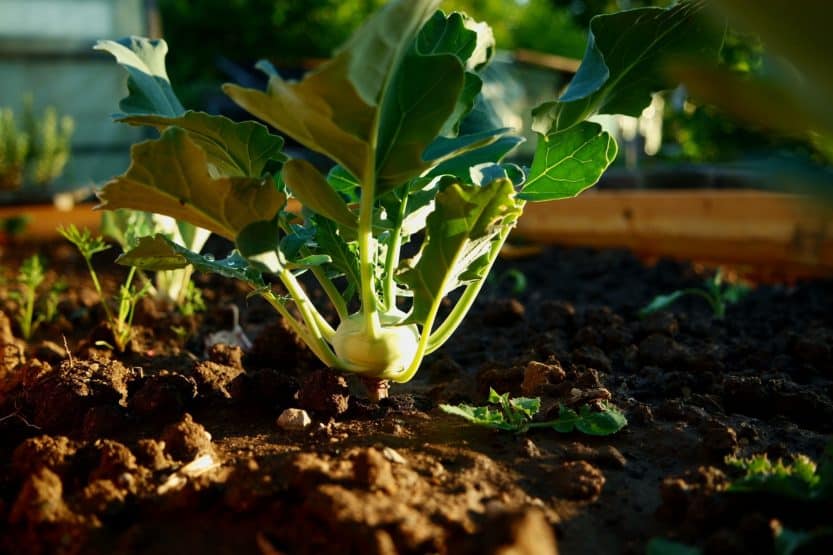
Kohlrabi (Brassica oleracea var. gongylodes) is a unique companion for beets that enhances the garden’s diversity. This cabbage family member grows quickly and can be planted early in the season with beets. As kohlrabi grows, its broad leaves can provide reluctant shade, which assists in the retention of soil moisture for beets.
Moreover, kohlrabi has the potential to deter pests that affect beets, including root maggots and cabbage worms. However, it’s important to mind spacing between these two crops as they can both grow significantly beyond their seedling stage. When planted correctly, they can coexist comfortably, enhancing each other’s growth.
Lettuce
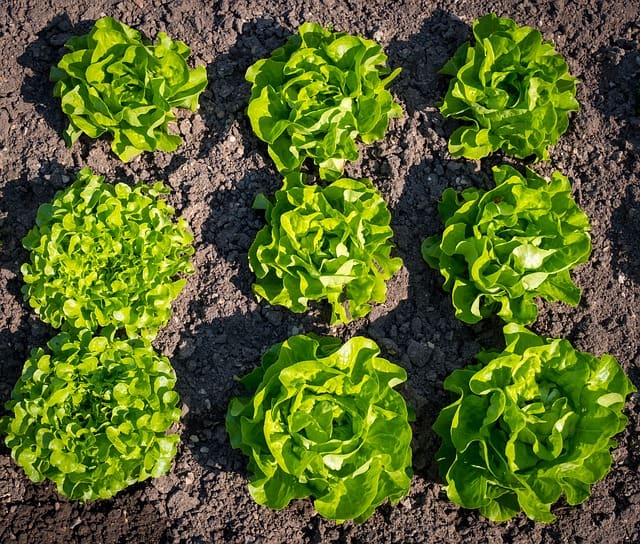
Lettuce (Lactuca sativa) is not only a culinary favorite but also an excellent companion for beets. Lettuce grows relatively quickly, allowing for a staggered harvest that can help maximize garden productivity. When planted alongside beets, it can offer light shade in the heat of summer, reducing stress on beet plants.
Furthermore, lettuce has shallow roots that don’t compete directly with beets for space. The two can be interplanted effectively, allowing both crops to thrive symbiotically. Considering lettuce can bolt quickly in hot weather, timing plantings correctly will ensure steady growth for both varieties.
Marigold
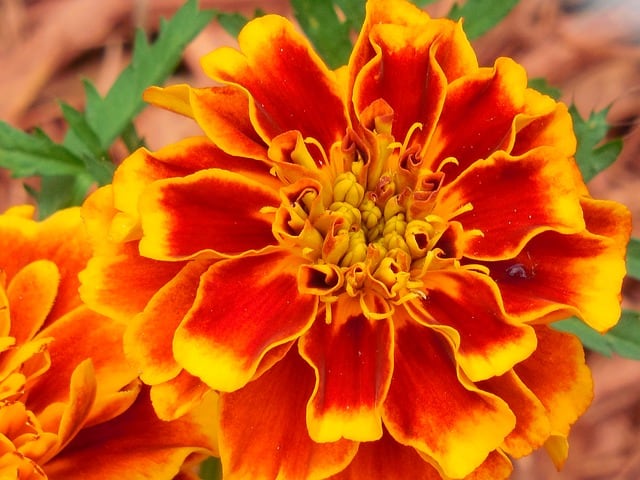
Marigolds (Tagetes spp.) are known for their ability to repel nematodes and other harmful pests, making them ideal companions for many plants, including beets. By attracting beneficial insects, marigolds help create a balanced ecosystem, promoting healthy soil and aiding beet growth.
The vibrant flowers and distinct scent of marigolds can act as a natural deterrent for aphids and beetles, protecting beets and other neighboring plants. Their relatively low growing height means they won’t compete for sunlight, making them an excellent addition to the garden layout. Planting marigolds around beet crops can help ensure better overall yield and health of the nearby plants.
Mint
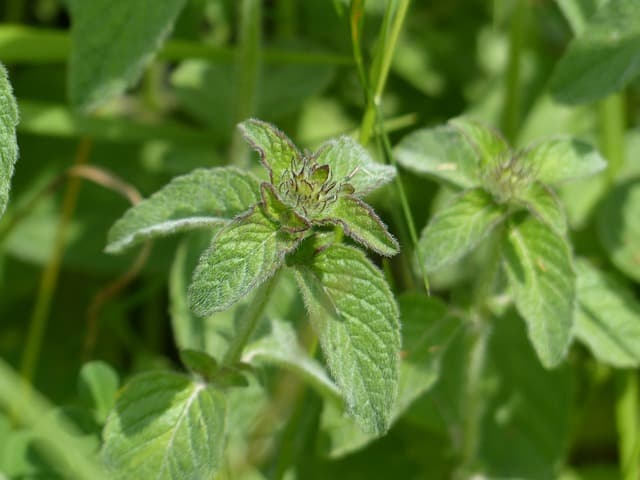
Mint (Mentha spp.) is a robust herb that, when planted wisely, can yield significant benefits in a beet garden. It acts as a natural pest repellent for various insects that could harm beet crops. However, be cautious with mint since it has an aggressive growth habit; using containers or barriers can help manage its spread.
When planting mint near beets, the pleasant aroma can mask the scent of growing beets, helping to deter pests like aphids and spiders. Mint prefers similar conditions to beets, such as well-drained soil, which makes them compatible companions. However, always ensure proper spacing to prevent mint from dominating the area around beet plants.
Onions
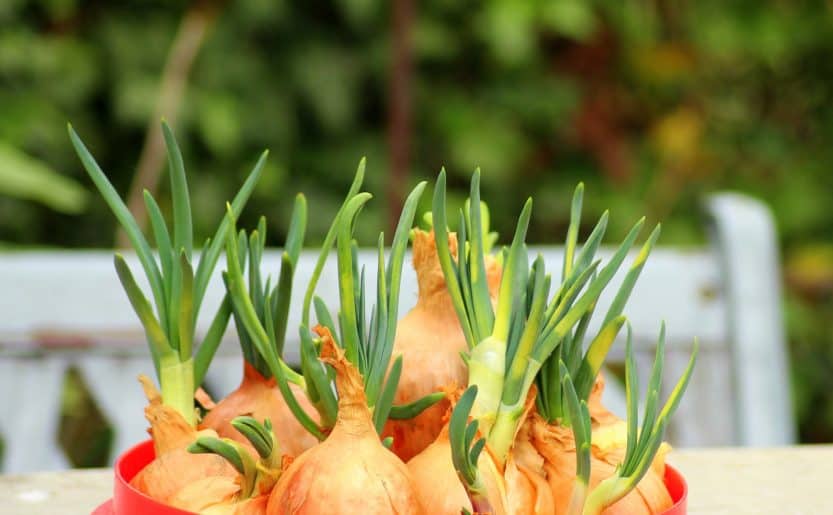
Onions (Allium cepa) are known for their pest-repellent properties, making them another valuable companion for beets. Similar to garlic, onions emit naturally occurring compounds that deter pests such as aphids, beetles, and nematodes, creating a safer environment for beet plants.
The growth habits of onions and beets complement each other well, with onions growing taller and beets spreading out horizontally, allowing both to establish themselves efficiently. It is important to note that onions are heavy feeders, so managing soil nutrients with balanced fertilizers is crucial for successful growth.
Radishes
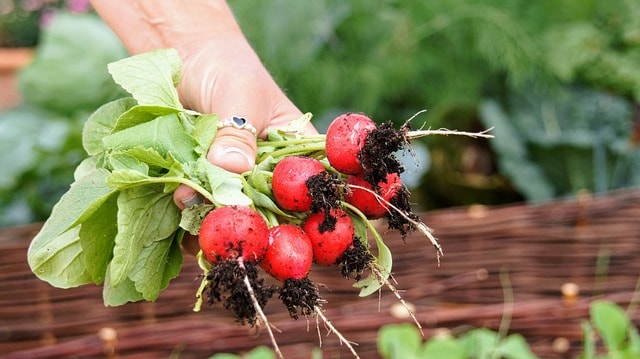
Radishes (Raphanus sativus) serve as excellent companion plants for beets, as they not only thrive in similar soil conditions but also provide unique benefits. Planting radishes alongside beets can act as a trap crop. Their rapid growth allows gardeners to monitor for pests and disease before they impact beets.
Moreover, radishes can help break up compact soil with their extensive root systems, promoting better drainage and aeration, which directly aids beet growth. Since they mature quickly, radishes can be planted in rows nearby beets and harvested at an early stage, making room for beets to grow larger without hindrance.
Sage
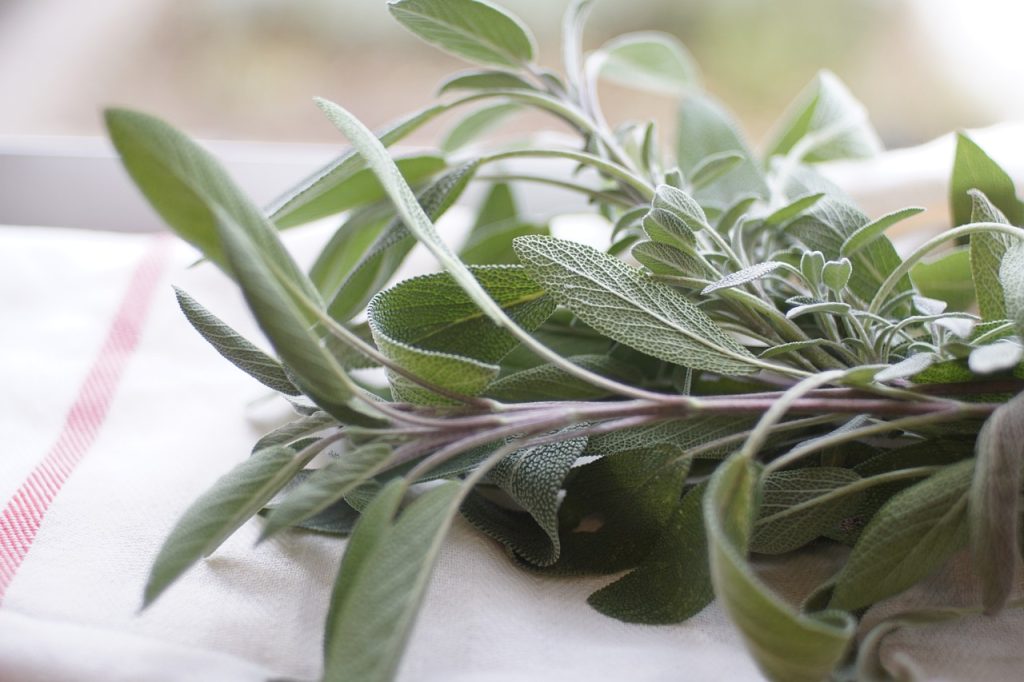
Sage (Salvia officinalis) is a fragrant herb that can contribute significantly to a beet garden. Its strong scent acts as a natural deterrent for common pests, including cabbage moths and aphids. This layer of pest control can help protect beets from potential infestations.
Sage has a substantial growth habit and does not demand extensive resources, allowing it to coexist with beets effectively. Additionally, sage and beets thrive in well-drained soil, and sage’s broad leaves can provide light shade to beet plants during hotter days.
Spinach
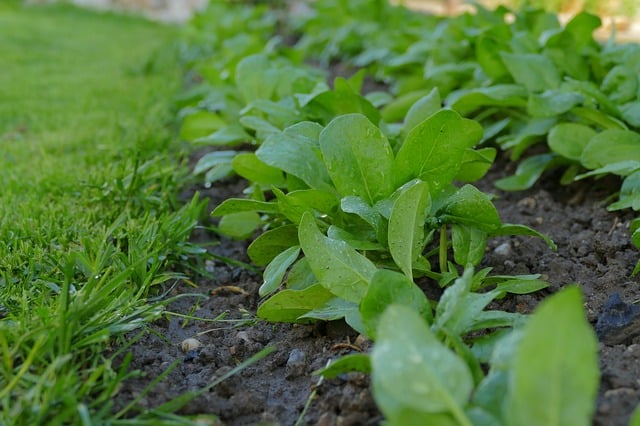
Spinach (Spinacia oleracea) is another leafy green that pairs well with beets due to its shared preference for cool weather and similar growth conditions. Spinach can also thrive in close proximity to beets, as its shallow root system does not compete aggressively for resources.
The mutually beneficial arrangement can help maximize garden space while providing a harmonious association between the two crops. Spinach’s mature leaves can offer some cushion for beet plants, protecting them against scalding heat while allowing them to flourish under similar growth conditions.
Tomatoes
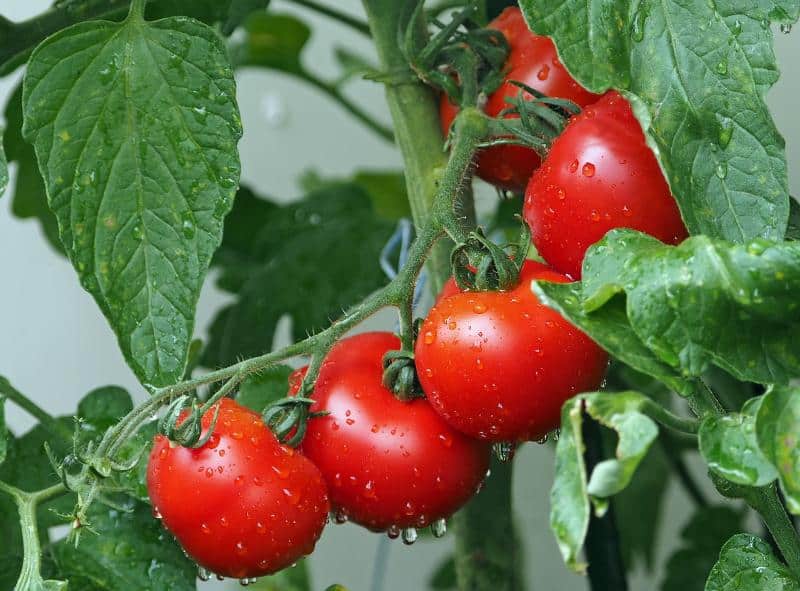
Lastly, tomatoes (Solanum lycopersicum) can be advantageous companions for beets, despite their different growth habits. Tomatoes produce a substantial yield, alongside the harvesting of beets, creating a diverse garden with varied harvests.
While tomatoes themselves are heavy feeders, beets planted nearby do not significantly compete, given their different root systems. Additionally, tomatoes can provide shade for beets during the peak sun hours, which is especially beneficial in hotter climates. Planting tomatoes and beets on the same plot encourages a rich, productive environment, promoting increased biodiversity within your garden.


